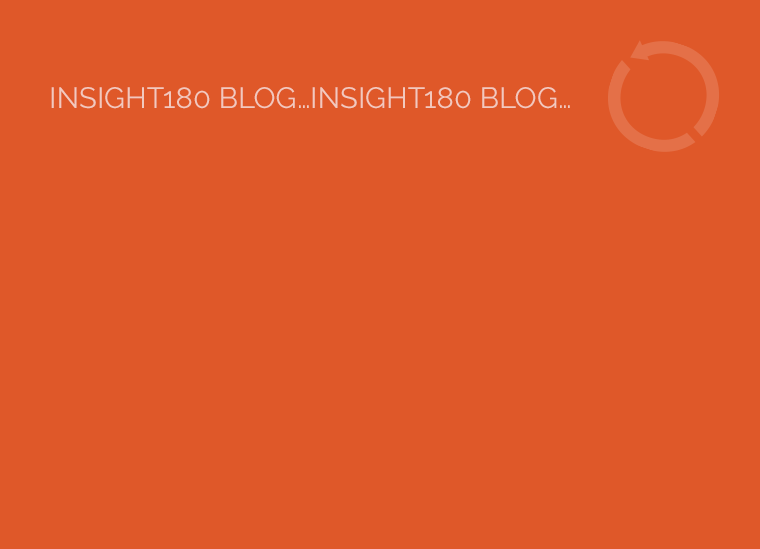
Social media, search optimization, and content marketing may be the front stage performers in marketing these days, but there’s a tried and true marketing star you should not forget — the postcard. A good postcard is a marketing workhorse. The key is to hone the message and design of your postcard carefully and expand your mailing list to new prospects who don’t already know you.
To expand your list, you can do the research and phone calls yourself to identify each company and contact, or you can buy a list. The success rate of purchased lists is not as high as researched ones, but the time savings is so significant that the error rate is usually justifiable.
So what should your postcard contain?
A Powerful Headline and Graphic
The most powerful headlines are not clever, they’re clear. Get to the bottom of what you’re trying to tell your prospect and sum it up in your headline. Keep your headline to seven or eight words or fewer. Your graphic should support your message, depicting something positive and inspirational. The best visuals are not complex. Simple but visually inspiring is best. Don’t try to say too much in the visual. Let the words do the heavy lifiting. So often, marketers try to tell the whole story in a visual and the result is a visual no one undersands. Developing a strong message and graphic is more about whittling the message down than building on it. When it comes to text, the process we usually recommend is to write a draft, then cut the draft in half, and in half again. Only then are you usually down to what really matters to the customer.
Good Use of Color
Color will help your postcard stand out in the stack of mail. Having a pop or splash of color, or even a solid color background can be very effective. But don’t overdo it. Have enough color to draw attention but don’t overwhelm. Use one bright color as your attention-getter in your backround or for your headline and subheader type. Then use a second conservative color (black or gray is best) for the bulk of your text, picking out keywords and phone numbers in the color used in your headline. If your graphic is a photo, it might be enough to be the attention getter. If so, use a conservative color for your headline and subheader text. The idea is to have one dominant element. The rest of what’s on the postcard should support that dominant element, not compete with it.
Subheads that define benefits not features
Subheads connect your headline and detail text. They are very important to the overall message of the postcard. Use them to answer the why question. If you use your headline to say what you’re offering, use your subheads to explain why, and your text to explain how. Your subheaders should define the benefit to the customer. Answer the all-important question of what’s in it for them. Don’t use subheads to talk about specific features. Features should be brief and specific, and provided in the text that comes after the subheads.
An irresisitable offer or call to action
Somewhere on your postcard, you should have an offer or a call to action. This is often the most important element in a postcard, so make your offer as compelling as you can. “Call us for more information” will not inspire much action. If you’ve ever done a postcard in the past and haven’t gotten the results you hoped for, it’s very likely the result of a lack-luster offer or call to action. The results you receive from your postcard mailing are a direct result of how compelling your offer is. Make it worth the cost of the printing and mailing — offer something they won’t be able to resist.
Logo and Phone
It seems obvious to include your logo and contact information. But we are often surprised at how often this is not done well. Your logo should be used with space around it, not crowded by text or other elements on the postcard. And it should not be huge. Larger is not better in this instance. It is support information. It should not overshadow the other content of the postcard. The best place for a logo is the bottom right hand corner of the postcard front or in the top left hand corner of the postcard before the return mailing address. It’s okay to make bold or accent your phone number, but don’t make it as large as your headline. It’s only helpful once your prospect has been convinced of what you are communicating. So keep it easy to find but less dominant than your other messaging.
A note about QR Codes
QR codes can be great and they can increase the results of your marketing substantially. But don’t let the QR Code overshadow the rest of your postcard messaging and content. Remember you have to gain their interest first. By playing up a QR Code too much, you skip over the most important first step of earning their interest. A QR Code will only bring traffic if the message on the rest of the postcard is successfully communicated. And make sure the QR code has a payoff –– just another link to your website is not good use of a QR code.
Results
The results you can expect from a postcard mailing depends enormously on the quality of your list. Are they truly prospects that are inclined to be interested in what you do and what you’re offering? The average result ranges from 3% to 8%. So be sure you’re sending enough postcards to get the results you hope for.
Postcards may be be more low-tech than other forms of online marketing you hear a lot about. But there’s a lot to be said for something that’s been proven over time. And that’s just what postcards are. Tried and true, proven, solid marketing communciations.
— Chris Quinn, principal and brand strategist


Leave a Reply